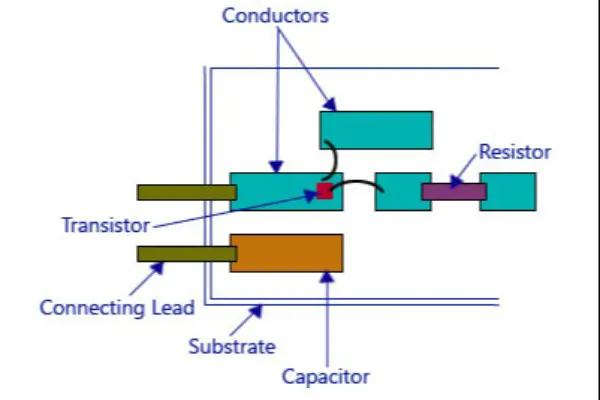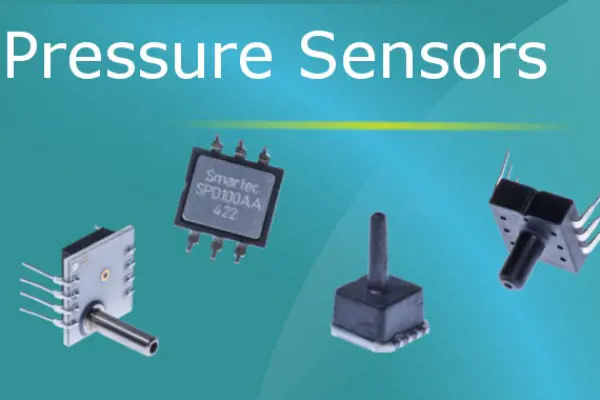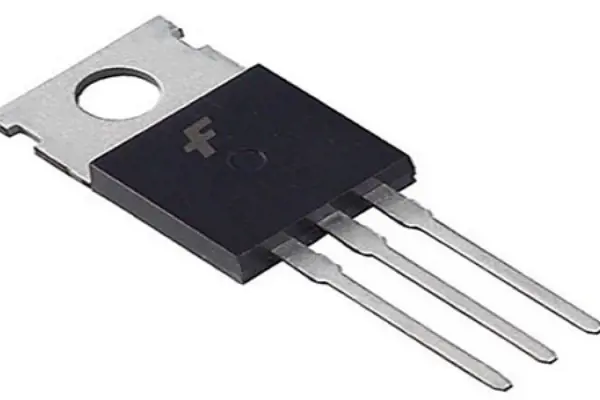How is a Microprocessor Different From an Integrated Circuit (FAQs)
 Published: Jul 10, 2023
Published: Jul 10, 2023
Contents
Microprocessors and integrated circuits (ICs) are two fundamental components in the field of electronics, but they serve different functions and play distinct roles in electronic systems. While they are often used interchangeably, it is important to understand the differences between microprocessors and integrated circuits.
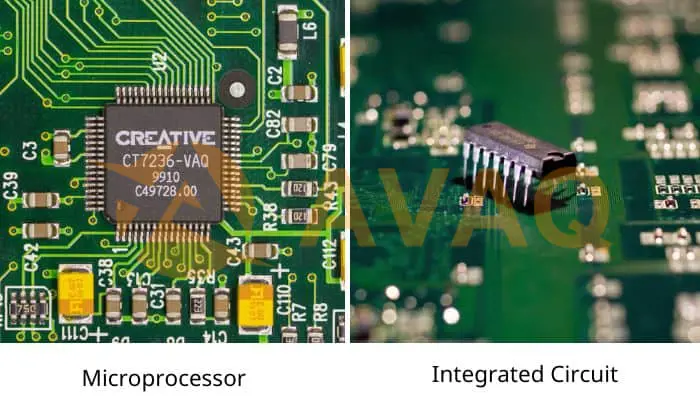
In this article, we will delve into the dissimilarities between microprocessors and integrated circuits, exploring their features, types, advantages and disadvantages. Understanding the distinctions between microprocessors and integrated circuits is crucial for anyone interested in electronics, whether you are a hobbyist, a student, or a professional engineer.
Part 1. Introduction to Microprocessor
A microprocessor is a central processing unit (CPU) that is designed to perform various operations and execute instructions in a computer system. It is an integrated circuit (IC) that contains the arithmetic logic unit (ALU), control unit, and registers. The microprocessor is often considered the brain of a computer as it carries out the majority of the processing tasks.
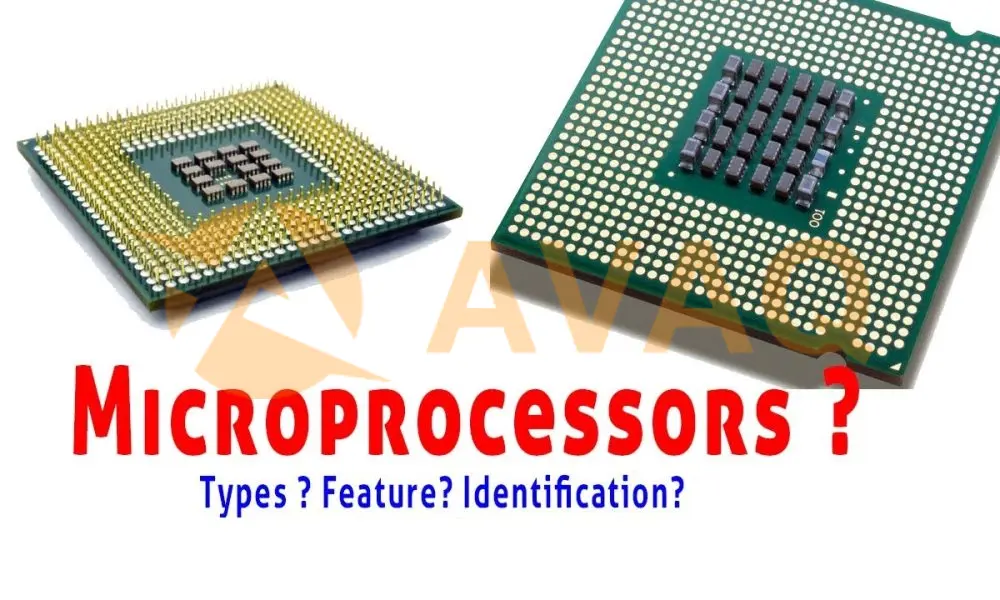
Microprocessors are designed using various architectures, such as the Reduced Instruction Set Computing (RISC) and Complex Instruction Set Computing (CISC) architectures. RISC processors have a simplified instruction set and execute instructions in a single clock cycle, which enhances their performance. CISC processors, on the other hand, have a more extensive instruction set that allows complex operations to be performed in a single instruction.
1) Features of microprocessor
- Versatility: Capable of executing a wide range of tasks and applications.
- Speed and Efficiency: High-speed processing and efficient power consumption.
- Compact Size: Small form factor suitable for integration into various devices.
- Scalability: Designs available with varying performance levels.
- Integration: Central processing unit (CPU) and other components on a single chip.
- Upgradability: Ability to upgrade or replace for improved performance.
- Peripheral Interfaces: Connectivity options for external devices.
- Virtual Memory Management: Efficient memory allocation and protection.
- Cache Memory: Fast-access memory for improved performance.
- Multiple Cores: Support for parallel processing and multitasking.
2) Different Types of Microprocessors
|
Type |
Characteristics |
Representative Models |
|
General-Purpose |
- Wide range of applications |
Intel Core i7, i5, i3 |
|
|
- High performance |
AMD Ryzen |
|
Embedded |
- Designed for embedded systems |
ARM Cortex-M, Cortex-A series |
|
|
- Low power consumption |
Intel Quark |
|
Microcontrollers |
- Integrated microprocessor core with memory and peripherals |
Atmel AVR, PIC Microcontrollers |
|
|
- Used in small-scale applications |
STM32, Arduino |
|
Graphics Processing Unit |
- Specialized for graphics and image processing applications |
NVIDIA GeForce, AMD Radeon |
|
|
- High parallel processing power |
Intel Xe, Apple M1 |
|
Digital Signal Processor |
- Optimized for digital signal processing tasks |
Texas Instruments TMS320C6x, Analog Devices SHARC |
|
|
- High-speed mathematical operations |
Qualcomm Hexagon |
|
Application-Specific |
- Customized for specific applications or industries |
Intel Xeon Phi, IBM Power Architecture |
|
|
- Enhanced performance for specific workloads |
NVIDIA Tesla, Google Tensor Processing Unit (TPU) |
|
System-on-Chip |
- Integration of multiple components on a single chip |
Qualcomm Snapdragon, Apple A-series, Samsung Exynos |
|
|
- Includes CPU, GPU, memory, I/O interfaces, and more |
MediaTek Helio, Broadcom BCM series |
3) Advantages and Disadvantages of Microprocessor
Advantages of Microprocessors:
- Versatility: Microprocessors are highly versatile and can be programmed to perform a wide range of tasks and applications, making them suitable for various industries and devices.
- Speed and Efficiency: Microprocessors can execute instructions at high speeds, allowing for rapid processing and real-time operations. They also offer efficient power consumption, enabling longer battery life in portable devices.
- Compact Size: Microprocessors are compact in size, which makes them suitable for integration into small and portable devices such as smartphones, tablets, and wearable technology.
- Scalability: Microprocessors are scalable, meaning they can be designed with different levels of performance and processing power to meet specific requirements. This allows for flexibility in choosing the right microprocessor for a particular application.
- Cost-Effective: Microprocessors offer cost-effective solutions due to their mass production and wide availability. They provide high computing power at relatively affordable prices, making them accessible to a broad range of users.
- Upgradability: As technology advances, microprocessors can be upgraded or replaced with newer and more powerful models, allowing for system performance improvements without significant hardware changes.
Disadvantages of Microprocessors:
- Complexity: Microprocessors are complex devices, requiring a deep understanding of their architecture and programming languages to effectively utilize their capabilities. Developing software and firmware for microprocessors can be challenging and time-consuming.
- Heat Generation: Microprocessors generate heat during operation, especially when running at high speeds. This heat must be managed effectively to prevent thermal issues, which can impact performance and potentially damage the microprocessor.
- Power Consumption: Although microprocessors have become more power-efficient over the years, high-performance processors can still consume significant amounts of power, leading to increased energy requirements and potentially reduced battery life in portable devices.
- Compatibility Issues: Different microprocessors may have varying architectures, instruction sets, and interfaces. This can result in compatibility issues when attempting to run software or peripheral devices designed for a specific microprocessor architecture.
- Security Vulnerabilities: Microprocessors can be susceptible to security vulnerabilities, such as bugs, software exploits, or hardware-level vulnerabilities like speculative execution attacks. These vulnerabilities can pose risks to the integrity and security of systems and data.
- Learning Curve: Due to their complexity and continuous advancements, mastering microprocessor architecture, programming languages, and development tools can require significant time and effort.
Part 2. Introduction to Integrated Circuit
An integrated circuit (IC), also known as a microchip or chip, is a miniaturized electronic circuit consisting of numerous interconnected electronic components on a small semiconductor material. It revolutionized the field of electronics by enabling the integration of multiple components onto a single chip, resulting in compact, efficient, and powerful electronic systems.
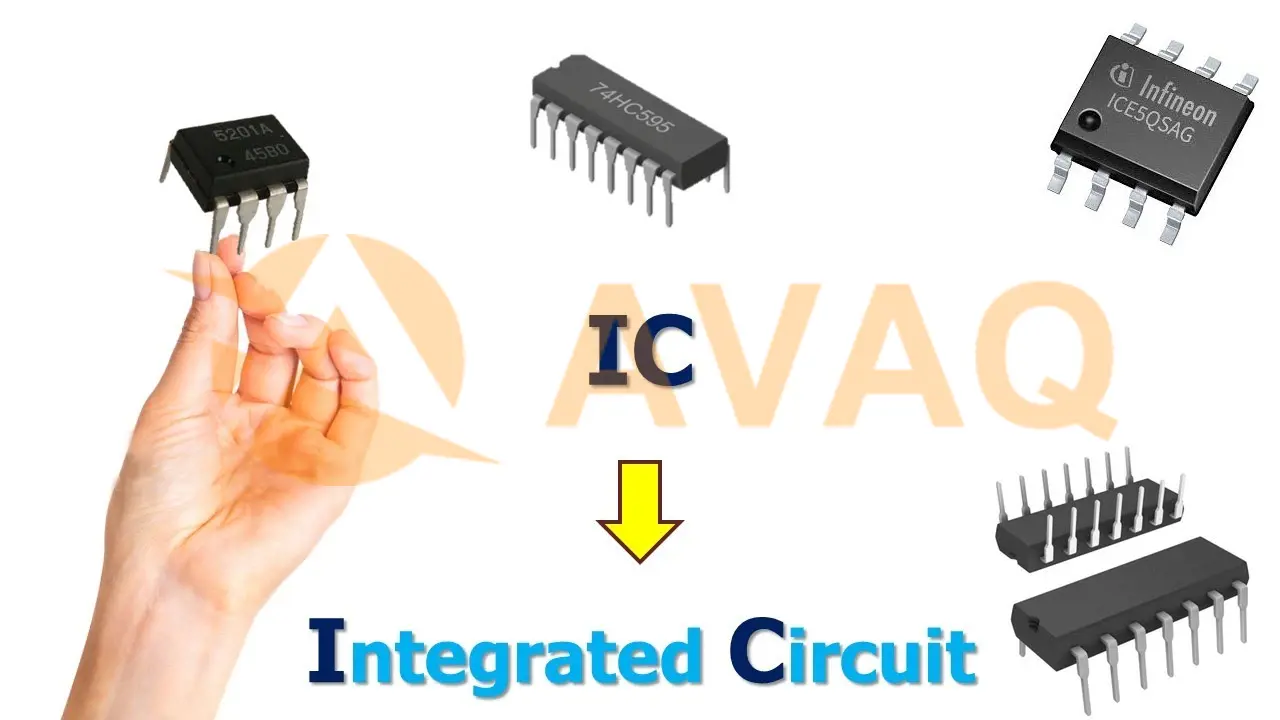
1) Features of Integrated Circuit
- Miniaturization: Compact size allows for space-efficient designs.
- Complexity: Integration of multiple components enables advanced functionality.
- Customizability: Can be tailored to specific application requirements.
- Power Efficiency: Designed to minimize power consumption.
- Reliability: High reliability due to integrated components.
- Speed and Performance: Operate at high speeds for rapid processing.
- Scalability: Can be designed with varying levels of functionality.
- Cost-effectiveness: Economical solutions due to mass production.
2) Different Types of Integrated Circuit
You could learn different types of integrated circuits from this blog: 7 Different Types of Integrated Circuit 2023>>
or check the details below:
|
Type |
Characteristics |
Popular Models |
|
Digital Integrated Circuits |
- Logic gates, flip-flops, and registers for digital signal processing. |
7400 series (e.g., 7400, 7404, 7410) |
|
|
- High noise immunity and fast switching speed. |
4000 series (e.g., 4017, 4026, 4051) |
|
Analog Integrated Circuits |
- Amplifiers, comparators, and voltage regulators for analog signal processing. |
LM741, LM386, NE555 |
|
|
- Precise voltage and current control. |
AD623, OP-AMP series |
|
Mixed-Signal Integrated Circuits |
- Combines analog and digital circuits on a single chip. |
DAC/ADC (Digital-to-Analog/Analog-to-Digital) Converters, MCU with built-in ADC/DAC |
|
|
- Enables seamless integration of both types of signals. |
ADuC841, MAX11270, PIC18F series |
|
Memory Integrated Circuits |
- Non-volatile and volatile memory storage (e.g., ROM, RAM, EEPROM, Flash memory). |
74HC595 (Shift Register), 24LC256 (EEPROM) |
|
|
- Fast access times, large storage capacities, and low power consumption. |
74LS138 (Decoder), AT24C02 (EEPROM) |
|
Microcontrollers |
- Integrated CPU, memory, and peripherals for dedicated control tasks. |
Arduino (ATmega328P), PIC16F series |
|
|
- Low-power operation, real-time control, and on-chip peripherals. |
STM32F series, AVR ATmega32U4 |
|
System-on-Chip |
- Integration of multiple functions, including processors, memory, I/O interfaces, and more. |
Qualcomm Snapdragon, Apple A-series, Samsung Exynos |
|
|
- Compact size, high performance, and power efficiency. |
MediaTek Helio, Broadcom BCM series |
3) Advantages and Disadvantages of Integrated Circuit
Advantages of Integrated Circuits:
- Miniaturization: Integrated circuits enable the integration of numerous electronic components onto a single chip, resulting in compact and space-efficient designs.
- Enhanced Performance: Integration allows for faster signal processing, reduced power consumption, and improved overall system performance.
- Reliability: Integrated circuits have fewer external connections, reducing the risk of failure due to loose connections or environmental factors.
- Cost-Effectiveness: Mass production of integrated circuits results in economies of scale, making them cost-effective compared to using individual discrete components.
- Customizability: Integrated circuits can be customized to meet specific application requirements, allowing for optimized solutions and faster time-to-market.
- Power Efficiency: Integrated circuits are designed to be power-efficient, consuming less energy and enabling longer battery life in portable devices.
- Scalability: Integrated circuits can be designed with different levels of complexity and functionality, offering scalability to meet diverse application needs.
Disadvantages of Integrated Circuits:
- Complexity: Designing and manufacturing integrated circuits require specialized knowledge and complex fabrication processes, which can be time-consuming and costly.
- Development Costs: The initial development costs for integrated circuits can be high, involving research, design, prototyping, and fabrication expenses.
- Design Constraints: The miniaturized size of integrated circuits can impose design constraints, such as limited heat dissipation and interconnection challenges.
- Testing and Debugging: Integrated circuits can be challenging to test and debug due to their complexity, requiring specialized equipment and expertise.
- Obsolescence: Rapid advancements in technology can render integrated circuits obsolete relatively quickly, requiring regular updates and redesigns.
- Vulnerability to Damage: Integrated circuits can be susceptible to damage from electrostatic discharge (ESD), heat, and physical stress, requiring proper handling and protection.
- Limited Repairability: Repairing faulty integrated circuits is often difficult or impossible, and they usually need to be replaced entirely if they fail.
Part 3. Differences Between Microprocessors and Integrated Circuits
Microprocessors and integrated circuits (ICs) are related but distinct components in the field of electronics. Here are the key differences between microprocessors and integrated circuits.
|
|
|
Integrated Circuits |
|
Function |
Specifically designed as the central processing unit (CPU) of a computer system. |
Can perform various functions, such as amplification, switching, or memory storage. |
|
Complexity |
Highly complex, containing CPU, cache memory, control units, and registers. |
Varies in complexity, ranging from simple logic gates to memory chips or power management units. |
|
Purpose |
Serve as the "brain" of a computer or electronic device, executing instructions and manipulating data. |
Can have multiple purposes based on their design, such as power regulation, signal processing, or memory storage. |
|
Packaging |
Typically packaged as stand-alone components with specific pin configurations for connection on a PCB. |
Packaged in various forms, including DIP, SOIC, QFN, or as part of system-on-chip (SoC) designs. |
|
Usage |
Widely used in computing devices, embedded systems, and industrial control systems. |
Employed in nearly every electronic device, including communication devices, consumer electronics, and automotive systems. |
Function: A microprocessor is a specific type of integrated circuit that contains the central processing unit (CPU) of a computer system. It is responsible for executing instructions and performing calculations. On the other hand, integrated circuits refer to a broader category of electronic components that can perform various functions, such as amplification, switching, or memory storage. ICs can include microprocessors as one of their integrated functions, but they can also have other functionalities.
Complexity: Microprocessors are typically highly complex integrated circuits that include not only the CPU but also other components like cache memory, control units, and registers. They are designed to execute instructions and perform a wide range of tasks. In contrast, integrated circuits can vary in complexity. They can be simple circuits performing basic functions, such as logic gates or amplifiers, or more complex circuits like memory chips, power management units, or analog-to-digital converters.
Purpose: Microprocessors are specifically designed to serve as the "brain" of a computer or electronic device. They handle the bulk of the processing tasks, executing instructions and manipulating data. Integrated circuits, on the other hand, can serve different purposes based on their specific design. They can be used for power regulation, signal processing, memory storage, or even as discrete components within a larger electronic system.
Packaging: Microprocessors are often packaged as stand-alone components with a specific number of pins for connection to other components on a printed circuit board (PCB). They may come in different package types, such as PGA (Pin Grid Array), LGA (Land Grid Array), or BGA (Ball Grid Array). Integrated circuits, on the other hand, can be packaged in various forms, including DIP (Dual In-Line Package), SOIC (Small Outline Integrated Circuit), QFN (Quad Flat No-Lead), or as part of system-on-chip (SoC) designs where multiple functions are integrated into a single chip.
Usage: Microprocessors are widely used in various computing devices, ranging from personal computers and smartphones to embedded systems and industrial control systems. They are mainly employed in systems where programmable computation and control are required. Integrated circuits, on the other hand, have a broader range of applications. They are used in almost every electronic device, including communication devices, consumer electronics, automotive systems, medical devices, and many other areas of technology.
Conclusion
In conclusion, microprocessors and integrated circuits are fundamental components in the field of electronics, but they have distinct functions and characteristics. An integrated circuit is a miniaturized electronic circuit that incorporates various components onto a single semiconductor material, while a microprocessor is a specific type of integrated circuit that functions as the central processing unit of a computer or electronic device.
While both microprocessors and integrated circuits are essential for the operation of electronic systems, they serve different purposes and play different roles. By understanding the differences between microprocessors and integrated circuits, you can make informed decisions when selecting and utilizing these components in your electronic designs. Stay updated with the latest advancements, explore datasheets and technical documentation, and harness the power of microprocessors and integrated circuits to create innovative and efficient electronic systems.
 FAQ
FAQ
- Can an integrated circuit perform the same tasks as a microprocessor?
- An integrated circuit can perform various tasks depending on its design and functionality. However, a microprocessor is specifically designed for executing instructions and data processing tasks, making it more suitable for complex computational and control tasks. Other integrated circuits may be more specialized for specific functions such as memory storage, analog signal processing, or power amplification.
- Are microprocessors and integrated circuits interchangeable terms?
- No, microprocessors and integrated circuits are not interchangeable terms. Microprocessor refers to a specific type of integrated circuit designed for processing and control tasks, while integrated circuit is a broader term encompassing various electronic circuits fabricated on a single chip.
- Can an integrated circuit contain a microprocessor?
- Yes, an integrated circuit can contain a microprocessor. In fact, most microprocessors are fabricated as integrated circuits, where the processor's components, such as transistors and interconnections, are integrated onto a single chip.
- How are microprocessors and integrated circuits related?
- A microprocessor is a specific type of integrated circuit. While all microprocessors are integrated circuits, not all integrated circuits are microprocessors. Integrated circuits can perform various functions, such as amplification, signal processing, memory storage, and logic operations. A microprocessor, on the other hand, is an integrated circuit specifically designed for processing instructions and data in a computer or digital system.
 Popular Industry Focus
Popular Industry Focus
Hot Products
-
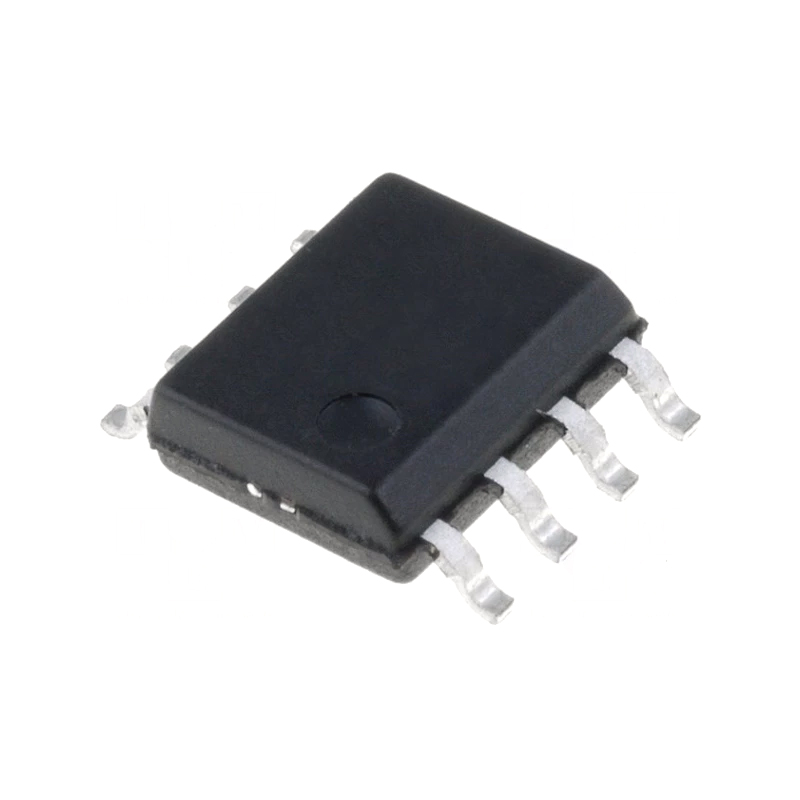
LE25U40CMC-AH
ON Semiconductor, LLC
Serial Flash Memory, 4 Mb (512K x 8)
-
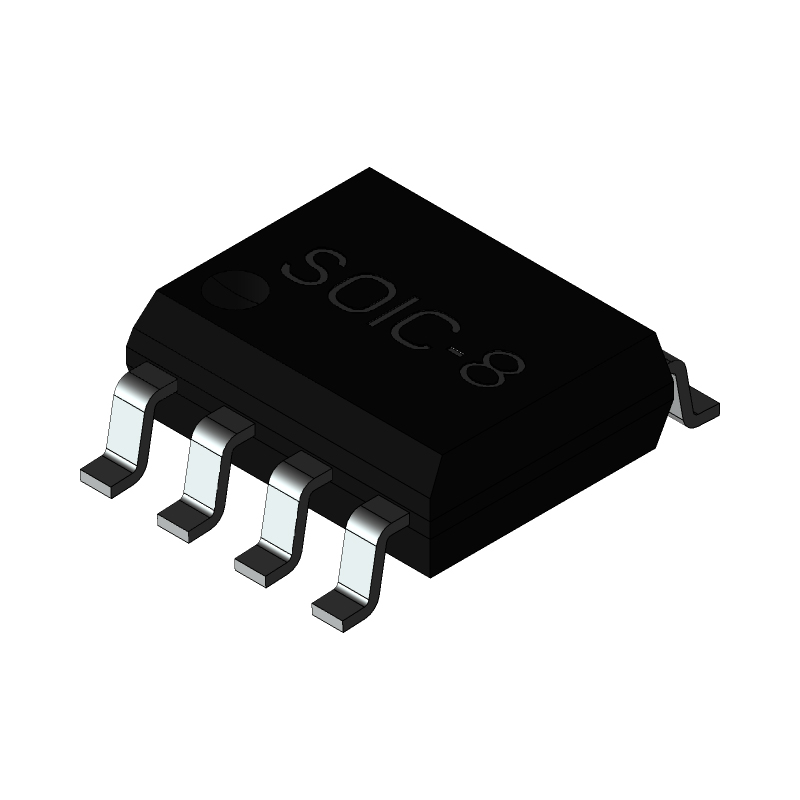
N24RF16DWPT3G
ON Semiconductor, LLC
Dual Interface RFID 16 Kb EEPROM Tag ISO 15693 RF and I2C Bus Compliant
-
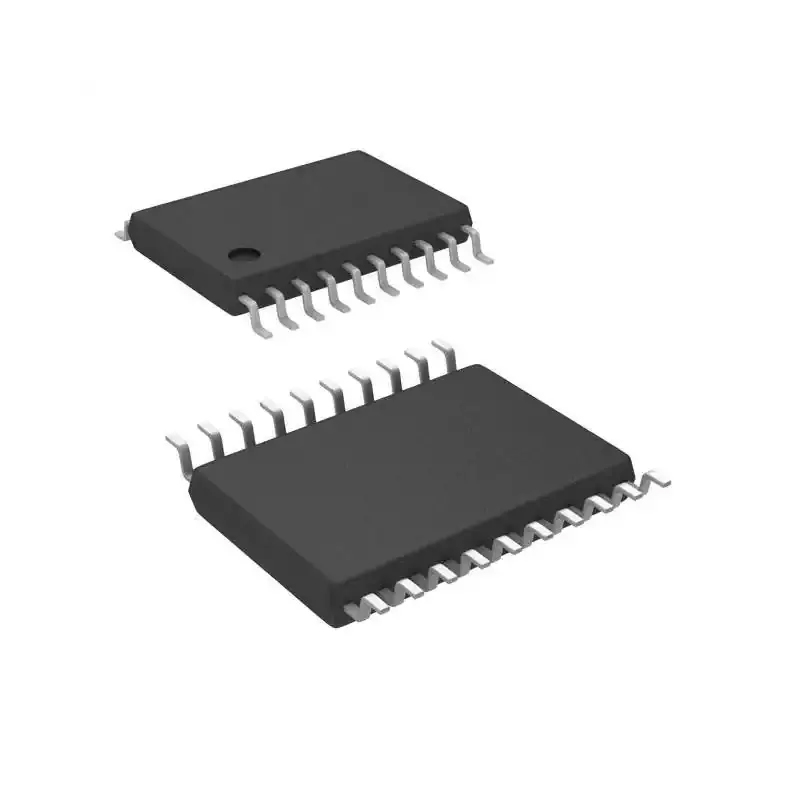
RC5060MT
ON Semiconductor, LLC
Switching Controllers SOIC-20
-
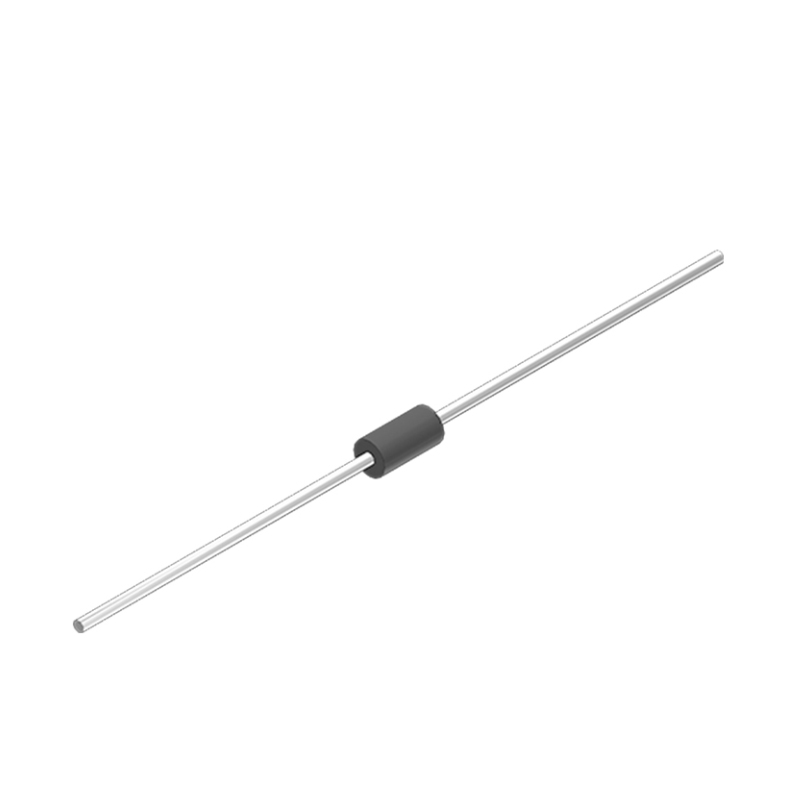
BZX85C16
ON Semiconductor, LLC
Zener Diode; 5% Tolerance
-

N25S830HAS22IT
ON Semiconductor, LLC
SRAM GENERAL SALES (ULP)
-
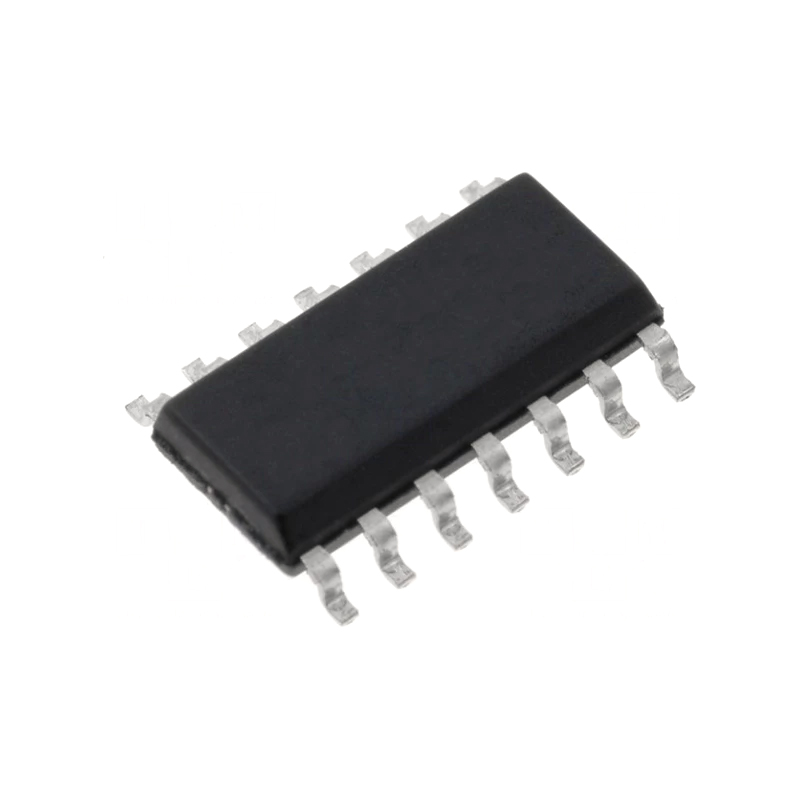
LM556CMX
ON Semiconductor, LLC
555 Type, Timer/Oscillator (Dual) IC 14-SOIC
Related Parts
-
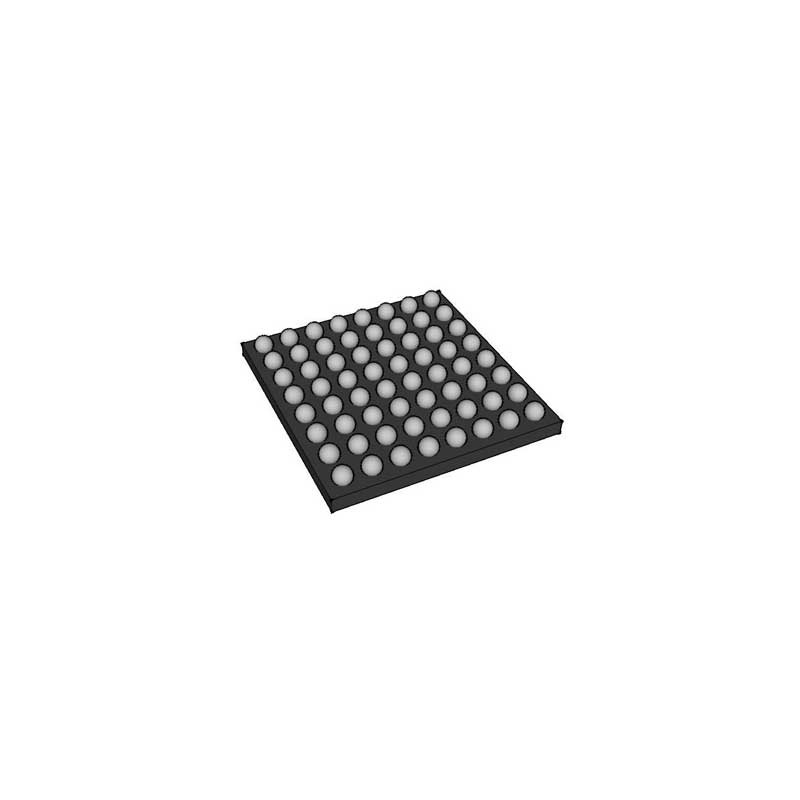
MPC857DSLZQ50B
NXP Semiconductor
PowerQUICC, 32 Bit Power Architecture, 50MHz, Communications Processor, 0 to 105C
-

XLP316XD1200-21
Broadcom Corporation
CPU - Central Processing Units XLP316 X D 1200-21 1428 FCBGA+HS 40x40mm
-
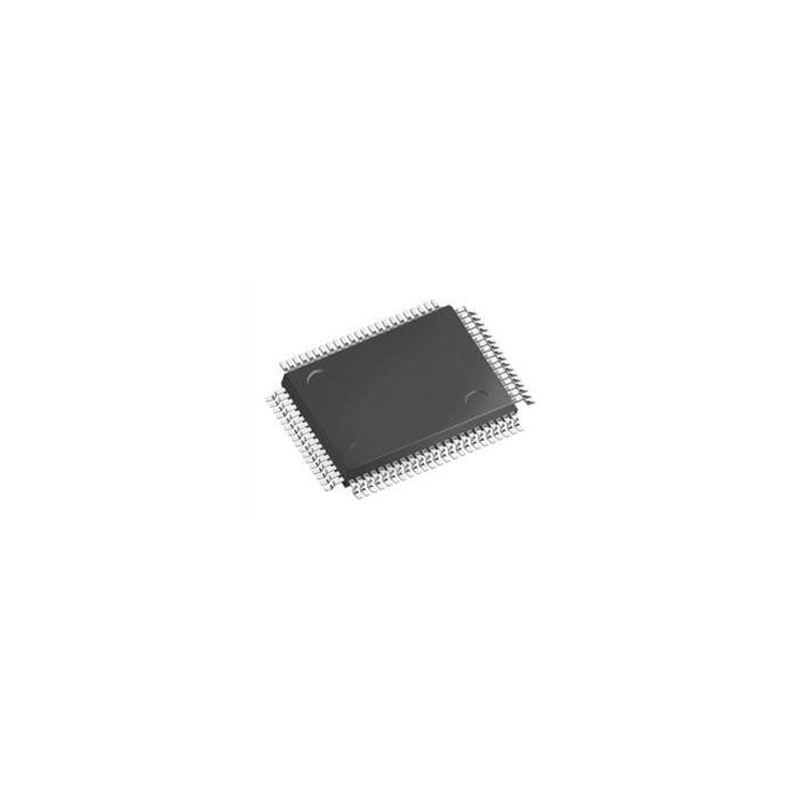
HFA3824AIV
Renesas Technology Corp
Direct Sequence Spread Spectrum Baseband Processor 48-TQFP (7x7)
-

STM32MP157CAD3T
STMicroelectronics, Inc
ARM® Cortex®-A7 Microprocessor IC STM32MP1 2 Core, 32-Bit 209MHz, 650MHz 257-TFBGA (10x10)
-

ADSP-SC584KBCZ-4A
Analog Devices, Inc
Dual-core SHARC+ and Arm Cortex-A5 SOC, DDR, Ethernet, USB, 349-cspBGA
-
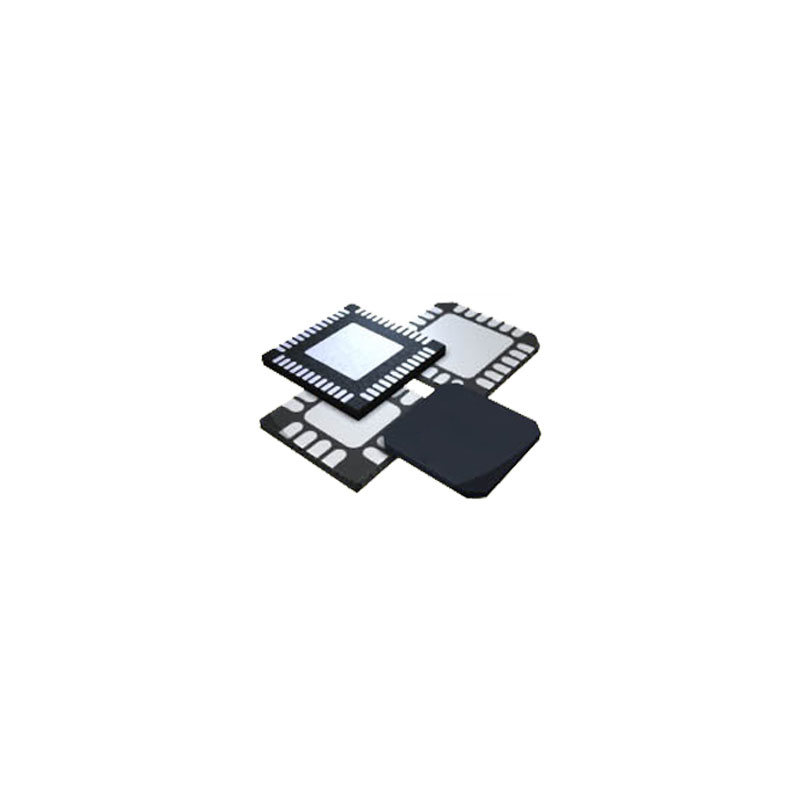
PIC16F1827-I/ML
Microchip Technology, Inc
8-bit Microcontrollers - MCU 7KB Flash 384 byte 32 MHz Int. Osc
-

MCIMX6L8DVN10AA
NXP Semiconductor
ARM® Cortex®-A9 Microprocessor IC i.MX6SL 1 Core, 32-Bit 1.0GHz 432-MAPBGA (13x13)
-

SM320F2801PZMEP
Texas Instruments, Inc
C2000™ enhanced product 32-bit MCU with 100-MHz, 32-kb flash, 6 PWM, extended temperature
-

ADSC572WCBCZ4200
Analog Devices, Inc
DSP Fixed-Point/Floating-Point 32bit/40bit/64bit 450MHz 800MIPS Automotive AEC-Q100 400-Pin CSP-BGA
-

ADSP-2189NKST-320
Analog Devices, Inc
DSP Fixed-Point 16bit 80MHz 80MIPS 100-Pin LQFP
-

SOMAM3703-32-1780AKIR
Beacon EmbeddedWorks
Compact SOM with AM3703/DM3730 Processor 256MB/512MB RAM
-

MPC8536ECVTAQGA
NXP Semiconductor
PowerPC e500 Microprocessor IC MPC85xx 1 Core, 32-Bit 1.0GHz 783-FCPBGA (29x29)
-

MCIMX507CVM1B
NXP Semiconductor
ARM® Cortex®-A8 Microprocessor IC i.MX50 1 Core, 32-Bit 800MHz 400-LFBGA (17x17)
-

CM8064601481957S R1PA
Intel Corp
MPU Core™ i3-4350T Processor RISC 64bit 22nm 3.1GHz 1150-Pin FCLGA
-

5962-9455804NZB
Texas Instruments, Inc
DSP Fixed-Point 16bit 66MHz 33MIPS 132-Pin BQFP Tray

 Update Time: Jul 12, 2023 Consumer Electronics
Update Time: Jul 12, 2023 Consumer Electronics